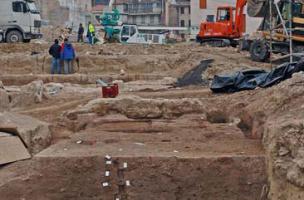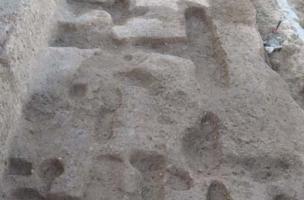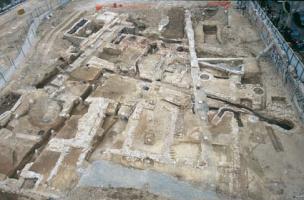Search
You are here
Marseille before Massalia, the oldest Neolithic unfired brick architecture in France
A team from the Inrap is carrying out a major excavation on the boulevard Charles-Nédélec in Marseille where, over eight millennia, Neolithic, Greek and Modern populations have succeeded one another. The dig is curated by the Regional archaeology service within the framework of the ZAC Saint-Charles, a vast programme of urban development carried out by Euroméditerranée.
Post date
15 February 2007
Last modified
06 February 2017
Habitats of the 6th and 5th millennia BC are rarely found because they are deeply buried. It is only when there are major works that they can be discovered. The discovery of such an ancient site, in the centre of Marseille, in a quarter occupied continuously over millennia, constitutes a real event. Its discovery dates the history of Marseille back to 6,000 BC, that is to say well before the creation of the city by the Phocaeans.
Marseille before Massalia
Coming from the Eastern Mediterranean by sea, peasant-sailors founded a new civilisation in the south of France during the 6th millennium BC. On the Saint-Charles hill, Neolithic people built their dwellings of unfired bricks or modelled earth blocks. This discovery is a major event in the architectural history of the western Mediterranean and is a first in France. Our understanding of the way of life and of the savoir-faire of these first southern peasants has been transformed; it was known that they were farmers and shepherds, but they can now be seen as planners and builders.
The oldest vineyards in France
Remains from the antique period have also been found on the the Saint-Charles hill, which was outside the walls of the Greek town founded in 600 BC. The excavation has made it possible to investigate the hinterland of the Phocaean city and in particular cultivation techniques, for example, the first vineyards, which were to become so important for Massaliot commerce. No fewer than three successive levels of vineyards from the 4th century BC were discovered. They are the oldest vineyards discovered in France.
From soap factories to powder magazines
The team of archaeologists first of all explored levels corresponding to the most recent periods, including the modern quarter established from 1669 after the major expansion of Marseille. While wax works, soap factories and tanneries were known in this area, a surprise was in wait for the diggers: a royal manufactory of sulphur and of saltpetre. Built towards the end of the 17th century, it supplied the powder magazines of France with raw material for munitions. Even though it only closed its doors in 1923, it was difficult to identify the building in the field, and archaeologists were obliged to heavily lean on archival evidence to recognise the different work areas.
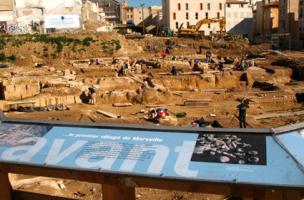
Vue générale du chantier de fouille.
© F. Parent, Inrap 2007
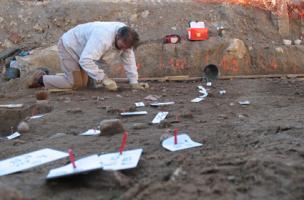
Fouille d'un niveau d'occupation néolithique (VIe millénaire avant notre ère).
© F. Parent, Inrap 2007
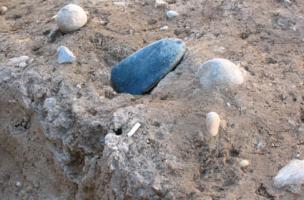
Détail d'une herminette et d'une bille de calcaire, trouvées sur un niveau d'occupation néolithique (vers 5 600 avant notre ère).
© F. Parent, Inrap 2007
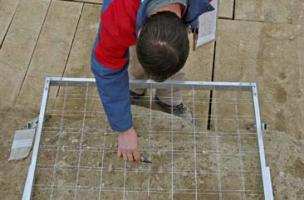
Relevé au cadre d'un niveau d'occupation néolithique.
© Christophe Galatry, pour l'Inrap 2007
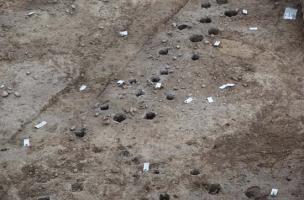
Fondation sur pieux d'un mur moderne XVIIe-XVIIIe siècle, installée sur un niveau d'occupation néolithique.
© Christophe Galatry pour l'Inrap 2007
Site director : Ingrid Sénépart, Atelier du patrimoine de la ville de Marseille
Curation : Service de recherches archéologiques (Drac paca)
Devloppers : Euroméditerranée - Constructa (promoteur)
Contact(s) :
Mahaut Tyrrell
Media communication
Inrap, media partnerships and relations department
+33 (0)1 40 08 80 24
mahaut.tyrrell [at] inrap.fr


